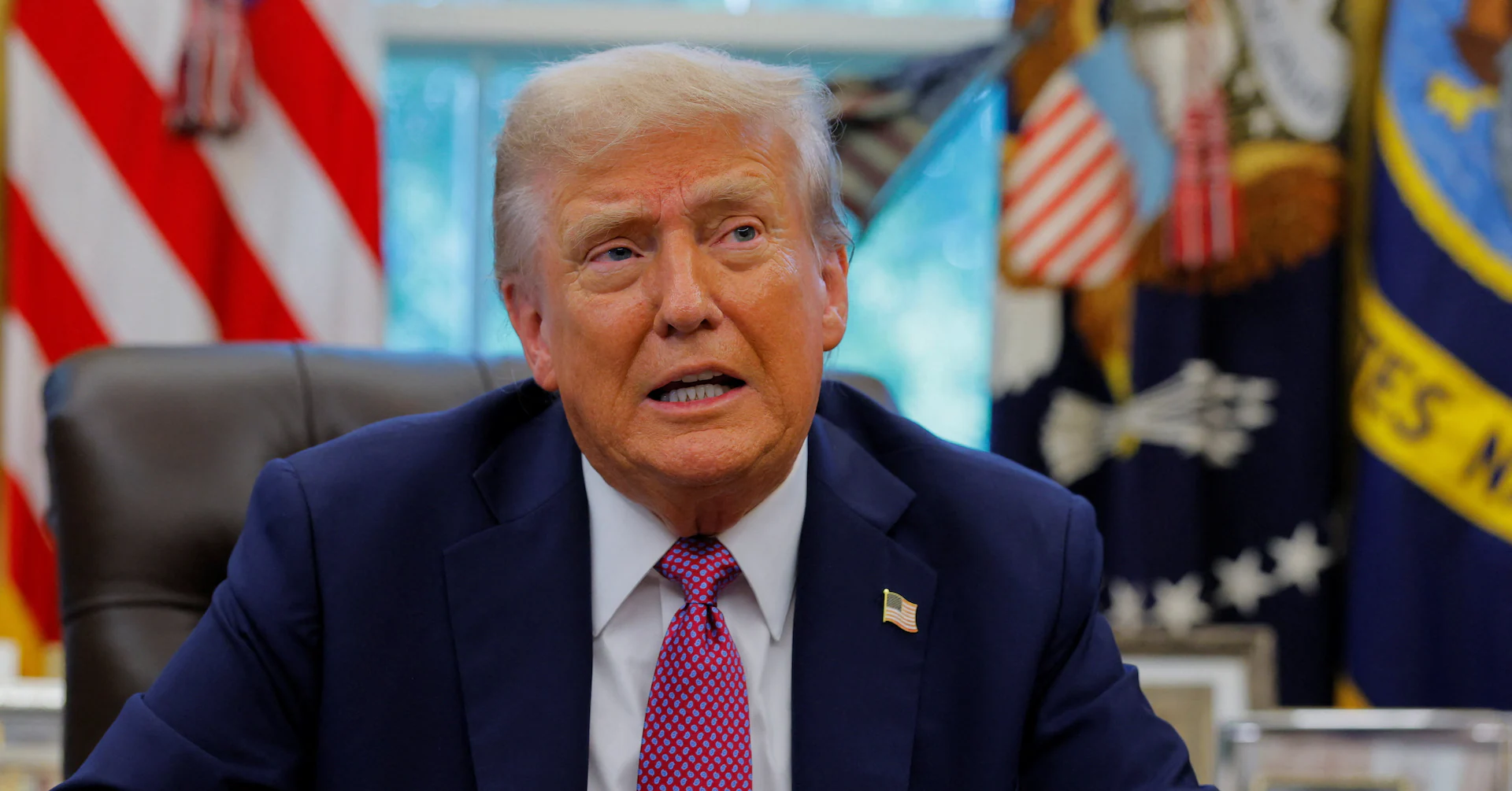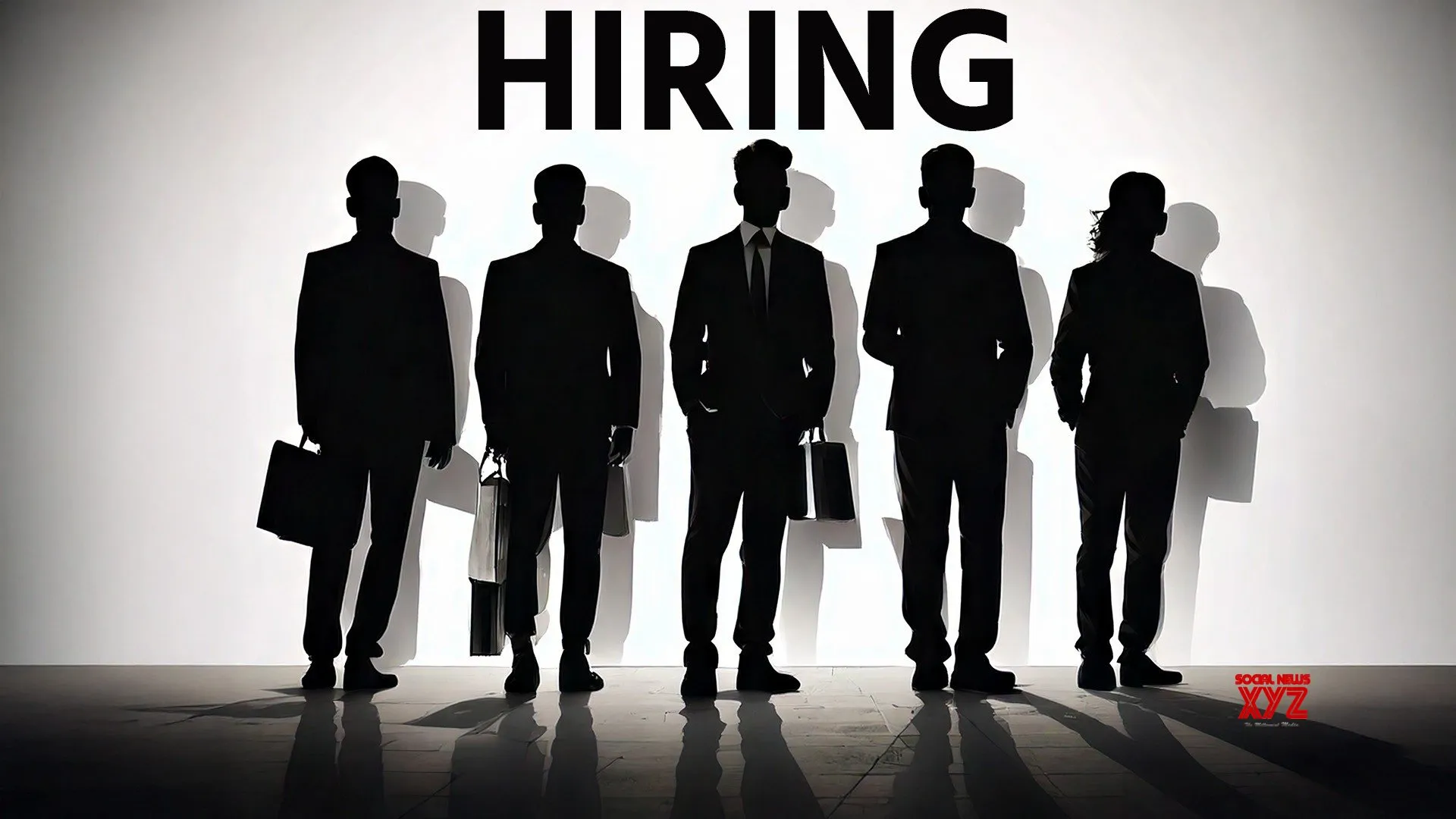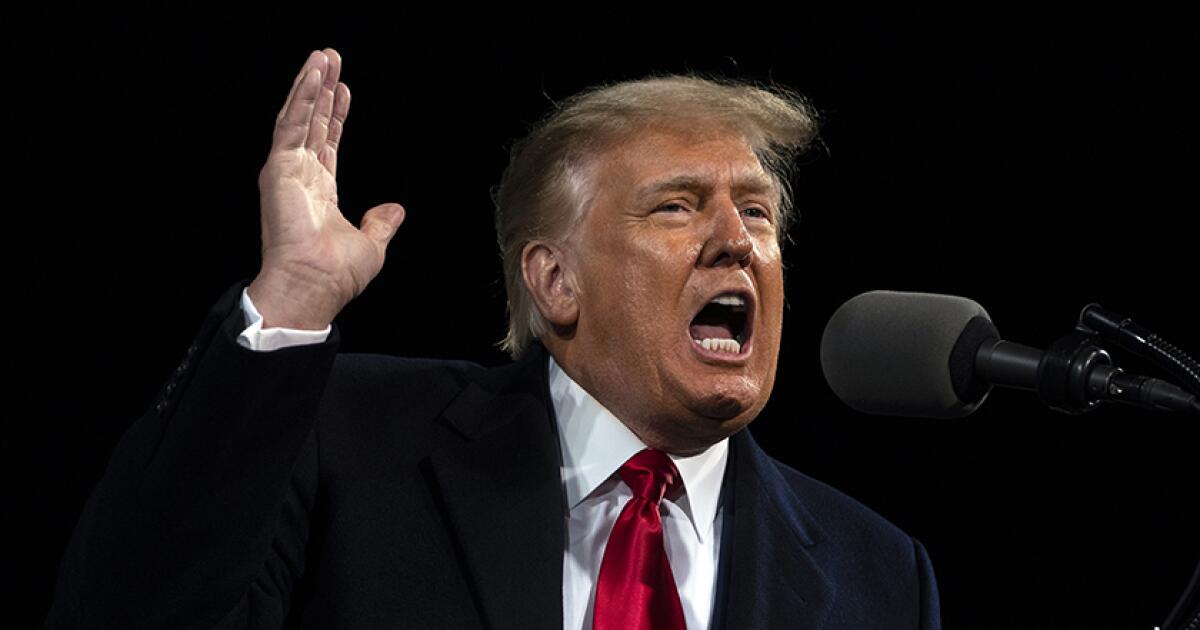
DUBLIN, Sept 26 (Reuters Breakingviews) – Big Pharma is proving the mantra that prevention is better than cure. Late on Thursday, President Donald Trump announced 100% tariffs on imports of branded drugs into the U.S. but also carved out exemptions for companies who are building big factories stateside. The likes of Roche (ROG.S), opens new tab, Novartis (NOVN.S), opens new tab and AstraZeneca (AZN.L), opens new tab were right to take Trump’s threats seriously by promising big investments. But their valuations don’t exactly radiate confidence they can ward off tariff sickness forever.
Since Trump’s “Liberation Day” global drugmakers have been at pains to show they are moving jobs and factories to the U.S. In April, Swiss pharma group Roche announced a $50 billion investment plan, which was matched by Britain’s AstraZeneca in July. Earlier this month, fellow UK drugmaker GSK (GSK.L), opens new tab said it would invest, opens new tab $30 billion over the next five years.
Sign up here.
Drugmakers have been hammering the local manufacturing mantra home to an almost comical degree. Biogen (BIIB.O), opens new tab, a $20 billion U.S. drugmaker specialising in new treatments for neurological diseases, released a video on its social media page this week showing shovel-toting executives literally digging up dirt for a new headquarters in Massachusetts. Not to be outdone Mike Doustdar, CEO of Danish group Novo Nordisk (NOVOb.CO), opens new tab, recently declared that “right now, cranes are rising” at the Ozempic-maker’s site in North Carolina.
These announcements and performances had their desired effect. Thanks to Trump’s exemptions, the majority of pharma groups will only be subject to the specific tariffs of the country in which they make drugs and ship to the U.S. In such a scenario, French drugmaker Sanofi (SASY.PA), opens new tab would only get a 15% charge as part of the European tariff agreement with the U.S., and Britain’s GSK receives a 10% tariff as agreed by Prime Minister Keir Starmer.
Yet Trump’s tariff announcement hasn’t exactly sparked a relief rally. Most of the main pharma stocks have been trading at lower valuations since the threat of pharma-specific thwacks was first mooted in April. AstraZeneca, the perennial bellwether of European pharma growth, was trading at over 12 times its expected EBITDA in April but now only manages 11 times. On Friday, the $228 billion pharma group’s shares were flat.
Part of that may be pricing in the impact from wider national tariffs, as opposed to pharma-specific ones. But it may also reflect lingering concern that the sector could yet get hit in other ways – perhaps via some sort of pain for makers of generic drugs, which are yet to be targeted. It’s too early for bosses to lay down their shovels.
Follow Aimee Donnellan on LinkedIn, opens new tab.
Context News
For more insights like these, click here, opens new tab to try Breakingviews for free.
Editing by George Hay; Production by Shrabani Chakraborty
Breakingviews
Reuters Breakingviews is the world’s leading source of agenda-setting financial insight. As the Reuters brand for financial commentary, we dissect the big business and economic stories as they break around the world every day. A global team of about 30 correspondents in New York, London, Hong Kong and other major cities provides expert analysis in real time.
Sign up for a free trial of our full service at https://www.breakingviews.com/trial and follow us on Twitter @Breakingviews and at www.breakingviews.com. All opinions expressed are those of the authors.
Aimee joined Breakingviews in 2017 and writes about pharmaceuticals, consumer goods groups, retail and insurance. She is also co-host of the Breakingviews podcast The Viewsroom. Based in Ireland, she previously spent three years at The Sunday Times as banking correspondent. Prior to that, she was a senior reporter covering the bond market at IFR, a financial trade publication published by Thomson Reuters. She holds a degree in English and History from the National University of Ireland, Galway, and a diploma in journalism from the London School of Journalism.



